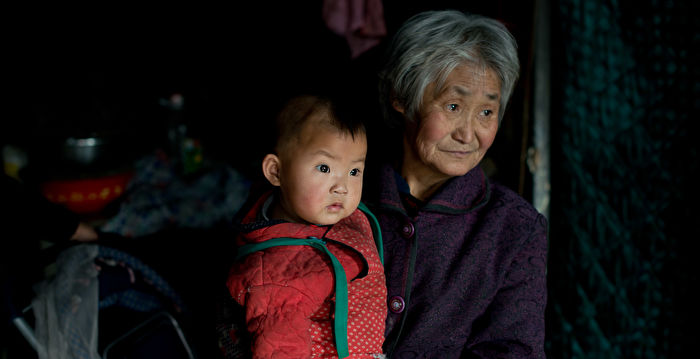[Epoch Times, May 10, 2022]As of now, in addition to Jilin, 30 provinces (municipalities directly under the Central Government) in mainland China have released 2021 population data. The data shows that in 2021, 15 provinces (municipalities directly under the Central Government) will have their resident populations reduced to varying degrees (excluding Jilin Province, which has not yet released data). This means that the population of at least half of the mainland provinces is declining.
Provinces (municipalities directly under the Central Government) with declining permanent population include Henan, Heilongjiang, Hebei, Gansu, Inner Mongolia, Beijing, Guizhou, Shaanxi, Shanxi, Jiangxi, etc.
Among them, Henan decreased by 580,000, Heilongjiang decreased by 460,000, and Yunnan decreased by 320,000, temporarily ranking the top three.
From the perspective of natural population growth rate, at least 10 provinces (municipalities directly under the central government) have negative natural population growth rates, including Heilongjiang, Liaoning, Chongqing, Inner Mongolia, Hunan, Hubei, Shanghai, Jiangsu, Hebei and Shanxi.
It is worth noting that the natural growth rate of many provinces (municipalities) turned negative for the first time in recent decades. Among them, the natural population growth rate of Jiangsu is negative 1.12‰, which is the first time that Jiangsu’s annual natural population growth rate has turned negative since the establishment of the Communist Party of China.
In terms of the birth rate, there are 12 provinces whose birth rate is higher than the national average of 7.52‰. Among them, the birth rate of Guizhou, Qinghai, Ningxia and Tibet is higher than 10‰, that of Gansu, Guangdong, Guangxi and Yunnan exceeds 9‰, and that of Jiangxi, Henan and Fujian exceeds 8‰. Except for Guangdong and Fujian, these provinces are all located in the central and western regions.
In Henan, the province with the largest registered population and the third largest resident population, the number of births in 2021 will fall below the 800,000 mark, hitting a new low since 1978. Compared with 2016, the birth population in Henan has dropped by 45% in the past five years.
According to data previously released by the Henan Provincial Bureau of Statistics, in 2021, the annual birth population of Henan will be 793,000, the birth rate will be 8.00‰, the death population will be 730,000, and the natural population will increase by 63,000, with a natural growth rate of 0.64‰.
In 2021, the national natural population growth rate will be 0.34‰, a decrease of 1.11 thousand points from 2020.
According to the analysis by the National Bureau of Statistics of the Communist Party of China, the continuous slowdown in population growth is due to the continuous decrease in the number of births, which is mainly affected by two factors.
The Jiangxi Provincial Bureau of Statistics pointed out that the decline of the province’s total population is mainly affected by two factors: one is the decline in the number of births, and the other is the continued expansion of the net outflow of the population. These issues are also issues that many of the aforementioned provinces (municipalities) need to face together.
Of the 15 provinces (municipalities) with declining population, the northern provinces accounted for the vast majority. Among them, the four major cities of Beijing, Tianjin and Hebei – Beijing, Tianjin, Shijiazhuang and Tangshan will have different degrees of resident population in 2021 compared with 2020.
In recent years, the Northeast region, which has been in trouble in economic development, has become a “depression” for population growth.
The latest data shows that in 2021, the natural population growth rate of Heilongjiang will be at the bottom of the list, at minus 5.11‰; in Liaoning, it will be minus 4.18‰, and the annual birth population will be only 200,000.
Wang Guangzhou, a researcher at the Institute of Population and Labor Economics of the Chinese Academy of Social Sciences, told China News Weekly that there are two main factors: on the one hand, the impact of long-term low or ultra-low fertility rates, and on the other hand, the comparison of population outflows serious.
In addition, some provinces (municipalities directly under the central government) with relatively high urbanization rates, such as Jiangsu, Shanghai, Chongqing, and Tianjin, also have relatively low natural population growth rates.
Responsible editor: Fang Xiao#
